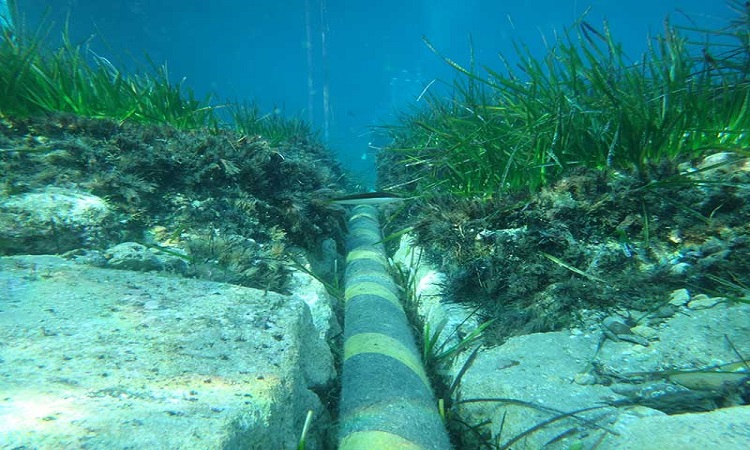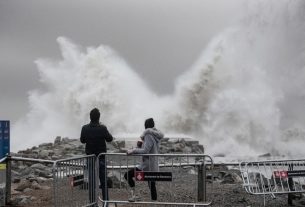A European study recently revealed an example proving that submarine power cables can have undesirable consequences on marine animal species. The work focuses on lobster, some specimens of which may indeed present malformations.
Developmental impairment
In 2016, we unveiled a world map of submarine cables. It must be said that the seabed is home to a veritable spider’s web of around 300 cables through which most telecommunications pass. However, if these cables offer a much greater speed than satellite transmissions, these can have undesirable effects on the surrounding fauna, as explained in a publication in the Journal of Marine Science and Engineering of April 21, 2022.
With the help of other European researchers, a laboratory at the St Abbs marine station (United Kingdom) carried out a very telling experiment. The scientists exposed no less than 4,000 lobster eggs to a level of electromagnetic field similar to that usually present near undersea cables. At the same time, they observed the development of another group of unexposed eggs.
According to the results, lobsters exposed to the waves are three times more likely to suffer from malformations. These include poor development of the eyes, a smaller and bent tail or swelling of the body. The lobsters also participated in a vertical swimming test, and specimens exposed to the waves failed more often. However, vertical swimming to rise to the surface of the water is essential for feeding lobsters.
A possible solution, but difficult to implement
While the results for lobsters are cause for concern, they are not the only species studied here. Indeed, the researchers also conducted tests on crab larvae. Crabs that grew up near the electromagnetic field showed no malformations or difficulty swimming. On the other hand, their body was smaller, which according to the study could be a negative point for their long-term survival.
This work has therefore made it possible to identify a worrying fact: submarine cables have a negative impact on the development of underwater species. According to scientists, one solution in particular could solve the problem: bury the cables instead of simply letting them rest on the seabed. However, the landfill work would be very expensive and above all, the maintenance of the network would become more difficult.

Email: colin@satprwire.com Phone: +44 20 4732 1984
Colin has been working in the business industry for quite a sometime and he recently made the decision to become a full-time business journalist. At Daily Research News, he also helps us take care of the business writing.



